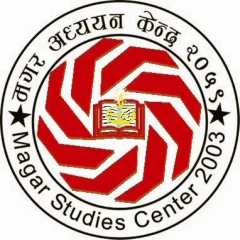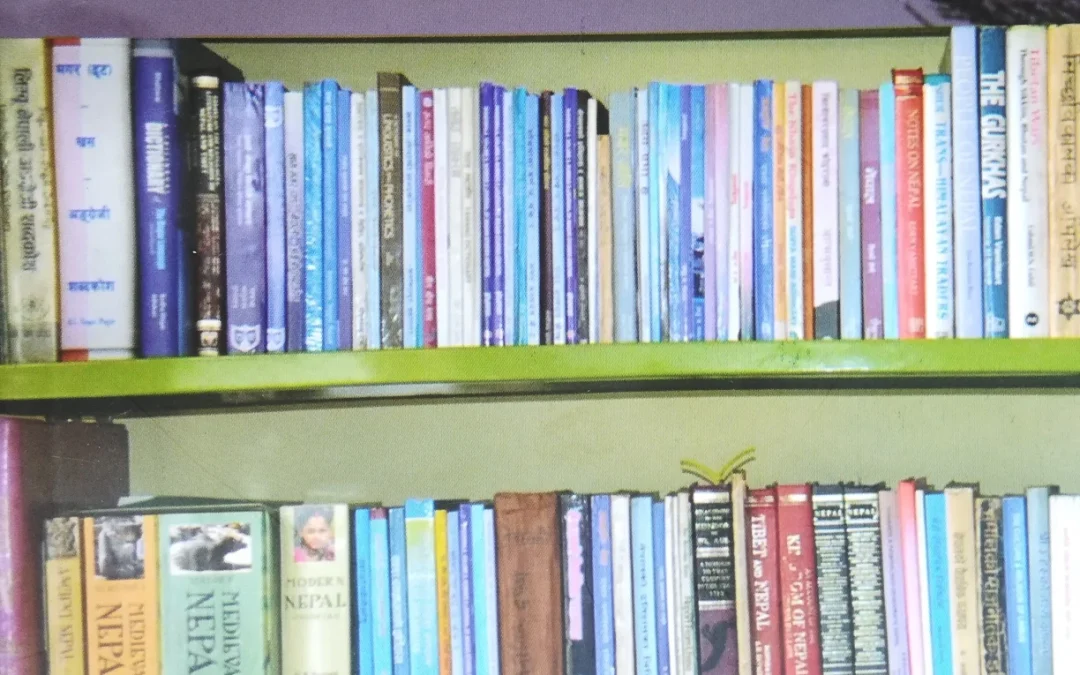Landon, Perceval (1993). Nepal. New Delhi: Asian Educational
Services [First print, London, 1928].
Annotation by: Dr. Govind Prasad Thapa
The book is in two volumes. These two volumes contain datamostly about the land, history, rulers, and people of Nepal. The book contains extensive appendices which cover information on things like armorial bearings and flag, regalia, anthem, and titles, roll of succession to Prime Ministership of Nepal, the law of Royal descent, decorations, and weight and measures, list of some important books on Nepal, and flora and fauna of Nepal. The appendices in second volume contains information on the races of Nepal, marriage ceremony, forestry in Nepal, notes on architecture of Nepal, Chinese invasion, treaties, and
some important historical documents. etc. This book is written for the foreigners who had not visited Nepal during 1928. In this sense it is a very good guidebook for the foreigners about Nepal. The author gives some information about the races of Nepal. It
includes the races like Newars, Thakurs and Khas, Gurungs, Magars, Kirantis, Sunuwars, Sunpars, Murmis, and Lepchas. About Magars, the writer writes, “The Magars originally occupied the Tarai and lower mountain districts near Butwal and Palpa, and are still found chiefly west of the Valley. Although they were of Mongolian descent, their propinquity to India had diluted the northern blood, and had undermined their Buddhist tendencies, for they accepted at least a nominal conversion at the time of the Rajput invasion. After surrendering Palpa to invaders, the Magars seem to have spread widely both east and west.”
The author adds on Magars, “This tribe claims direct descent from the original Rajput invaders of the country, as such classes among them as the Surajbansi and the Chitor suggest. The Thapa tribe has so high a reputation that many claim to be Thapas who have no right to the name. There is among the crack regiments of Nepal a Magar battalion of men physically as fine as the Gurung detachments to which reference has just been made.” He mentions Vansittart’s comment on Magars as, “Off all Magars there is no better man than the Rana of good clan. In former days any Thapa who had lost three generations of ancestors in battle became a Rana, but with the prefix of his Thapa clan.” Besides these, the writer has nnot written anything about the origin and history of Magars.

